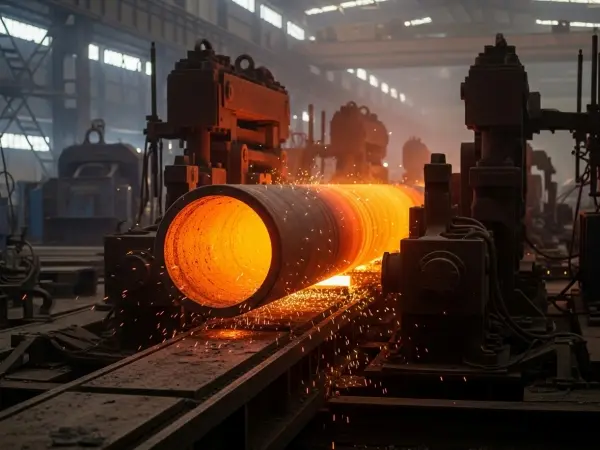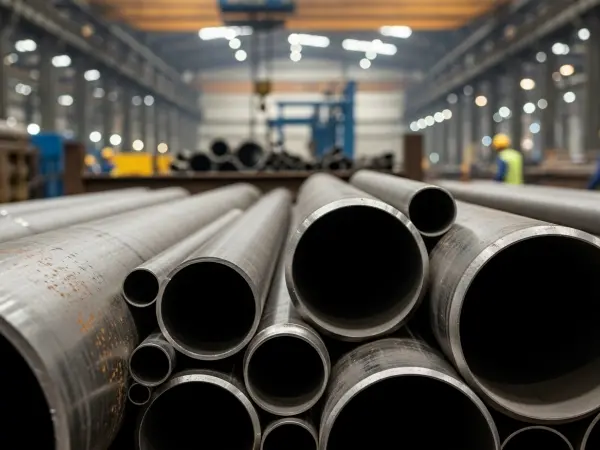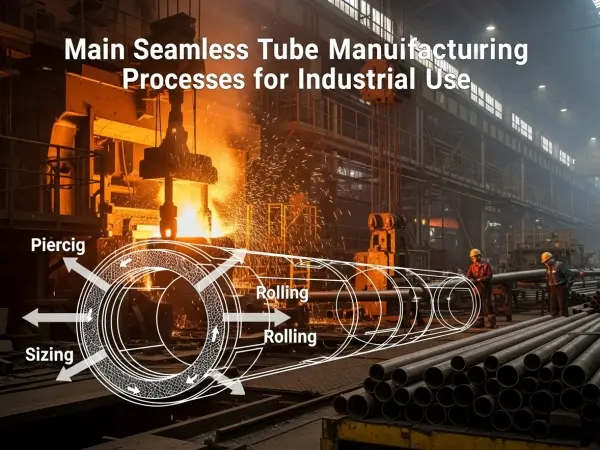
Lamination testing seamless steel tubes is a crucial step in the manufacturing and inspection process that ensures structural reliability, consistency, and safety. Since seamless steel tubes are widely used in industries like oil & gas, power generation, automotive, and petrochemical engineering, detecting internal defects before use is essential for preventing costly failures and safety risks.
Laminations are thin, flat separations within the metal that typically occur parallel to the tube surface. They can result from inclusions, rolling defects, or improper solidification during steelmaking. These hidden imperfections compromise strength and may lead to cracks or leakage under high pressure.
By performing lamination testing seamless steel tubes, manufacturers can detect such subsurface flaws early, ensuring the final product meets strict international quality standards such as ASTM A450, EN 10246, and ISO 9303.
The structural integrity of seamless steel tubes depends on defect-free material. Lamination testing helps to:
✅ Identify subsurface flaws and inclusions
✅ Ensure consistent product quality and safety
✅ Prevent pipeline or pressure system failures
✅ Comply with NDT inspection standards
✅ Maintain customer confidence and brand reputation
In short, lamination testing seamless steel tubes protects both users and manufacturers from the risks of hidden internal defects.
Ultrasonic testing is the most accurate and widely used non-destructive testing (NDT) method. High-frequency sound waves penetrate the tube wall, and reflections indicate the presence of internal defects or laminations. Modern ultrasonic systems allow 100% automatic inspection with data recording for traceability.
This electromagnetic technique detects near-surface laminations, cracks, or inclusions. It is particularly effective for smaller tubes and provides high sensitivity to surface-adjacent flaws.
In MFL testing, a magnetic field is induced in the steel tube, and sensors detect any leakage fields caused by discontinuities. This method is suitable for thicker tubes or where additional validation is needed alongside ultrasonic testing.
Visual inspection complements NDT methods by identifying surface irregularities, dimensional deviations, or external clues of deeper laminations.
Different industries adopt specific testing standards to maintain reliability and uniformity. Common specifications include:
· ASTM A450/A450M – General requirements for carbon and alloy steel tubes
· EN 10246-14 – Non-destructive testing of steel tubes by ultrasonic method
· ISO 9303 – Acceptance levels for ultrasonic examination
Manufacturers must ensure equipment calibration, inspector certification, and full traceability of results to comply with these global standards.
For consistent, reliable inspection results, professionals should:
· Calibrate instruments using certified reference blocks
· Maintain clean surfaces for optimal sound transmission
· Record and analyze signals for accurate interpretation
· Train operators in ultrasonic and eddy current methods
· Archive inspection data for customer verification
Implementing these best practices strengthens quality assurance and ensures every seamless steel tube meets or exceeds performance expectations.
From offshore drilling rigs to high-pressure boilers, lamination-free tubes are essential for durability and safety. Regular lamination testing seamless steel tubes ensures long service life in demanding environments such as:
· Oil and gas pipelines
· Hydraulic systems
· Power generation and heat exchangers
· Automotive and aerospace components
By integrating advanced NDT inspection into the production line, manufacturers can guarantee that every seamless steel tube performs under the toughest conditions.
In conclusion, lamination testing seamless steel tubes is not just a quality control step — it’s a vital process that defines the reliability and safety of critical infrastructure. Through technologies like ultrasonic and magnetic flux leakage testing, manufacturers can detect the smallest flaws and deliver consistent, defect-free products.
If your business requires high-performance seamless steel tubes that meet international standards with verified lamination-free integrity, our company provides a full range of certified products. Each tube undergoes advanced non-destructive testing to ensure unmatched strength, precision, and dependability — helping your projects run safer and longer.


